Hi everybody
Today we will show you container house from Sri Lanka.
In the midst of Satinwood trees in Sri Lanka, an artistic arrangement of shipping cubes creates a beautiful living space that both embraces the form of the cubes and breaks down barriers between the indoors and outdoors. Architect Malisha Kodituwakku, Colombo, Sri Lanka, designed the holiday home for her and her husband with a specific eye on sustainable building practices.
“When my husband and I decided we wanted to build a holiday villa in the south of Sri Lanka,” she says, “we knew we wanted to create something unique and sustainable to share with our guests. We believe that sustainability begins with construction, and that it is no longer enough to only have green operational practices.”
The villa comprises five bedrooms and five bathrooms, and measures 2,080 square feet of living space under roof, as well as a 400-square-foot common area that ties the structure together. To achieve it, Kodituwakku employed five, 40-foot shipping containers.
“Our vision was to reduce our ecological footprint right from the start, and repurposing discarded shipping containers proved to be the perfect solution,” Kodituwakku says. “Although the idea itself wasn’t novel, we wanted to push the boundaries of what had been achieved before.”
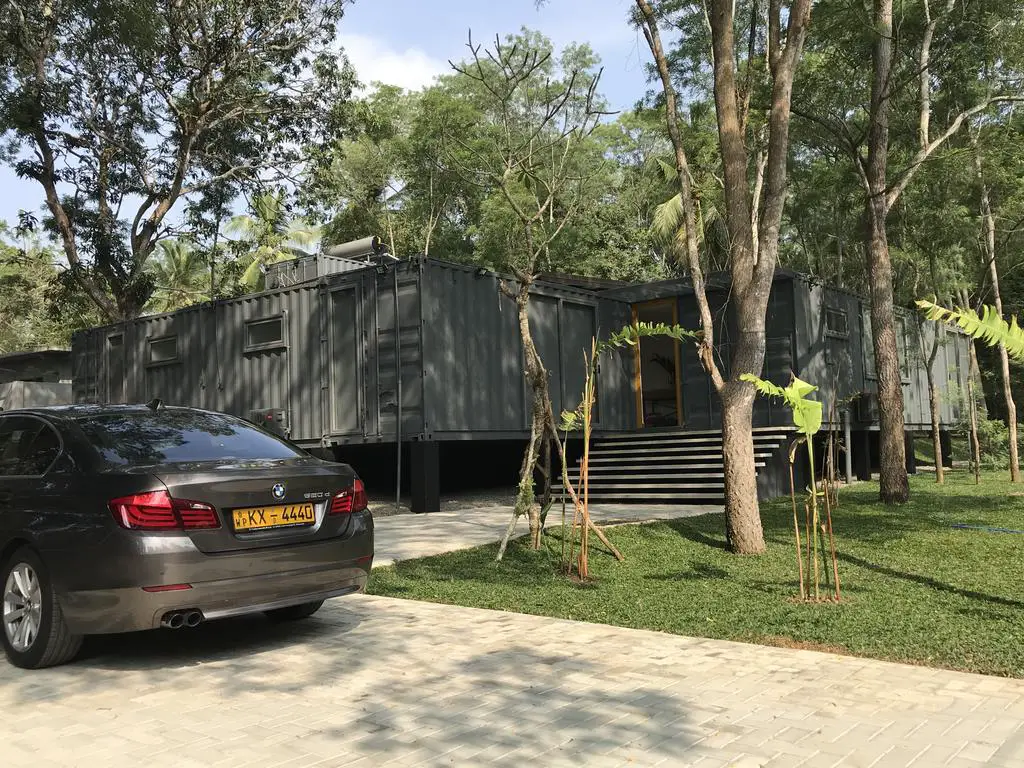
The Metal Architecture Design Award judges were attracted to the novel use of the shipping containers, and how Kodituwakku arranged and stacked them in unique ways to achieve a dynamic living space that fits its environment.
Embrace the Box
“Think of it like designing with Legos,” says Kodituwakku. She had never worked with shipping containers before, so she hired a contractor with a reputation for working with them. Small-scale, private homes that use shipping containers are not new to Sri Lanka, and they are often used in commercial structures, but Kodituwakku believes her holiday home is the first time they’ve been used so extensively and in such complexity for a home.
“Working with containers could be described as working backwards from a traditional design sense,” Kodituwakku says. “While we would most commonly design a collection of spaces that later evolve into a form, containers already have a rigid form, into which your functions must adapt. The very linear character of the 40-footers are indeed restrictive, given that the width on the interior is a mere 7 feet, 2 inches once finished.”
The structure of the villa is almost entirely supported by the containers’ end posts, and Kodituwakku relied on only one steel column. She embraced the very nature of the containers even to the finishes. “The exterior roof and wall panels are mostly the original surfaces,” she says. “They were primed and painted with automotive paint in a gray that allows it to blend in with the trees, rather than highlight itself. Internally, surfaces are kept bright and minimalist, lined with gypsum board, plastered and painted.”
The five bedrooms all have en suite bathrooms and include skylights that have steel pergolas above to let in natural light. All the home services—kitchen, staff quarters, utility room and storage—are housed in the containers, and centralized in a block utilizing one, 40-foot container and one, 20-foot container.
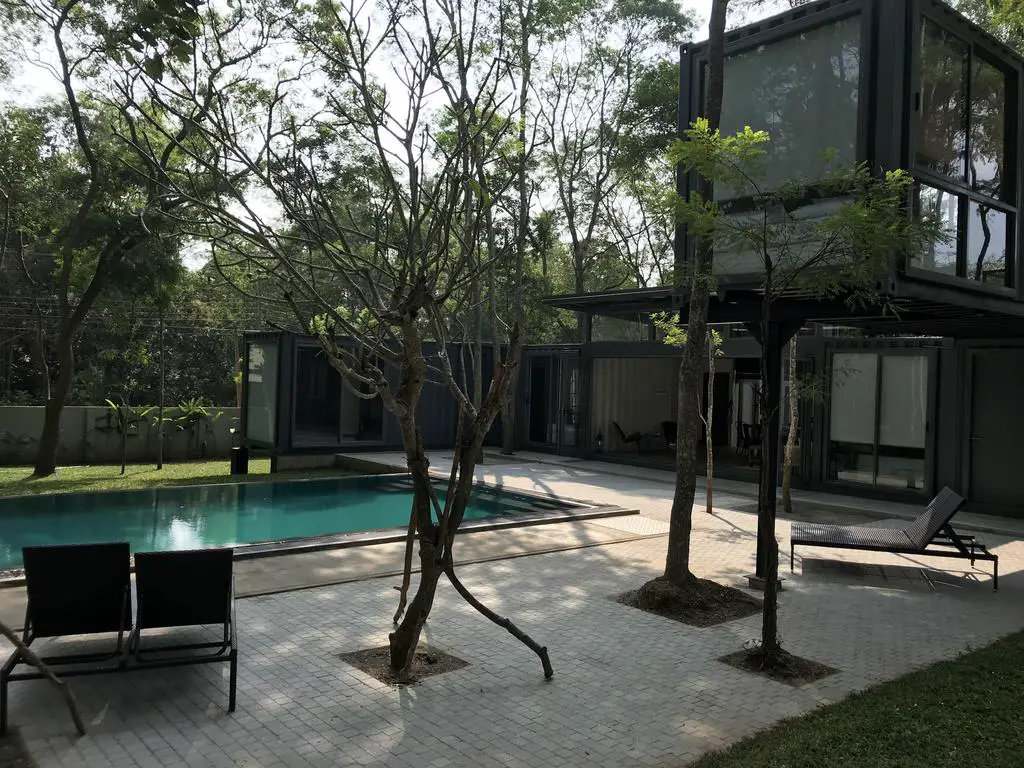
“In my opinion, it is not enough to only reuse and recycle materials, but also to stay true to those materials,” Kodituwakku says. “For example, often containers that are utilized for habitation are covered externally with cladding materials to give it a more aesthetically pleasing appearance. Instead, I believe, the humble container box should be celebrated— with all its dents and flaws and ribs and detailing.”
The Box House has no exterior cladding. Even the heavy locks and bolts remain on the boxes. The identification plaques have been framed and hung on the wall. The embrace of the container motif extended to the front door. “It wasn’t enough to settle for a conventional front door,” Kodituwakku says. “The specially fabricated door replicates a container’s door, in a more lightweight, thinner gauge steel for easy handling. Even the door handle resembles the original locking bars.”
Central Room
The dominant space in the Box House is the central, common room. Defined by two, parallel 40-foot containers on either side, the room resembles a courtyard with a raised roof. Kodituwakku worried that the containers could create a feeling of a cramped space for guests, so the open central space “became a celebration of space, volume and light,” she says.
The roof structure is supported by the posts of the surrounding containers, and the clerestory allows light to flood into the central room. Sloping the roof toward the internal courtyard protects inhabitants during the monsoon season and eliminates the need for gutters and downspouts.

Indoors Outdoors
One of the joys of the Box House is how, in spite of the restrictions of the shipping containers, it breaks down the barriers between the indoors and outdoors. Based on traditional villa concepts, it is built around a central courtyard that allows cross breezes and cooling. (Individual bedrooms have air conditioning units for the comfort of guests.)
Covering a part of the courtyard and turning that space into the central living and dining room further accentuates the indoor/outdoor relationship. But the surrounding corrugated walls still celebrate the shipping containers.
A 20-foot aluminum door opens entirely onto the pool area, creating an actual break in the barrier between indoors and outdoors. But, sometimes, this close to the equator you don’t want the outdoors to come in. “The space is protected from rain from the courtyard end by a set of specially designed monsoon blinds, which can be raised completely out of the way during good weather,” says Kodituwakku.
The Box House, Tangalle, Sri Lanka
- Completed: January 2018
- Size: 2.560 square feet
- Owner: Private residence
- Architect: Malisha Kodituwakku, Chartered Architect, Colombo, Sri Lanka
- General Contractor: Advantis Projects and Engineering Ltd., Colombo
Living in a Container explores all the container houses in the world for your valuable readers and shares them for your ideas.
Don’t forget to take a look at the structures made with other amazing containers on our site!
We invite you to send in your story and tiny home photos too so we can re-share and inspire others towards a simple life too. Thank you!
You can share this using the e-mail and social media re-share buttons below. Thanks!
» Follow Living in a Container on Social Media for regular shipping container house updates here «
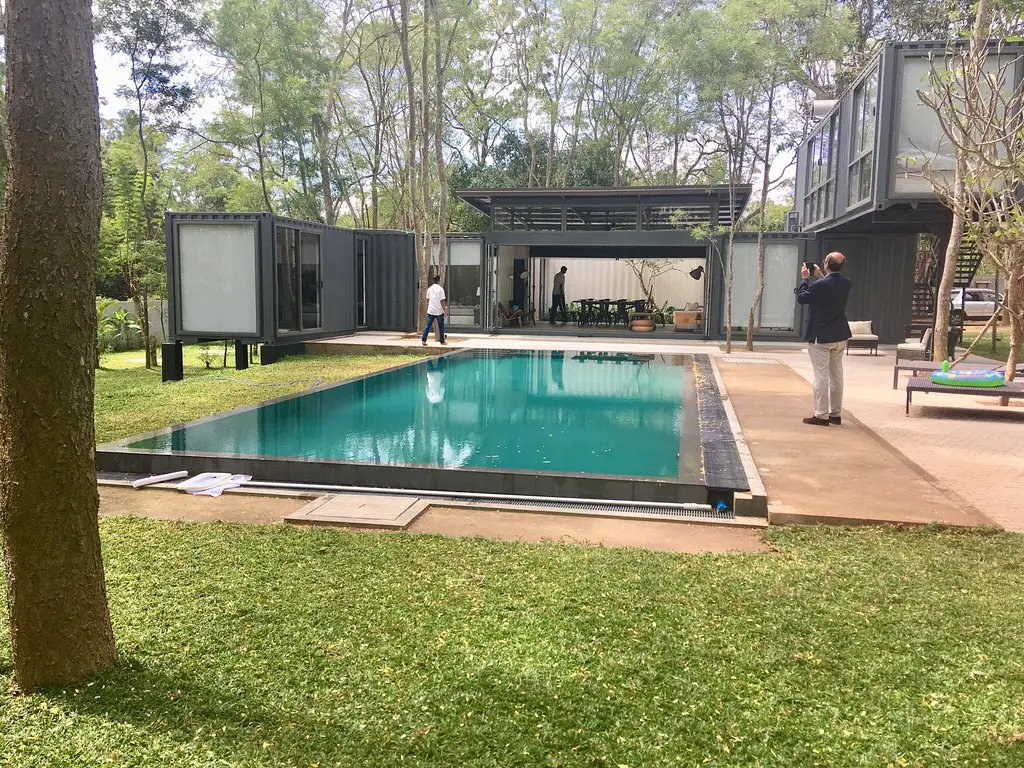
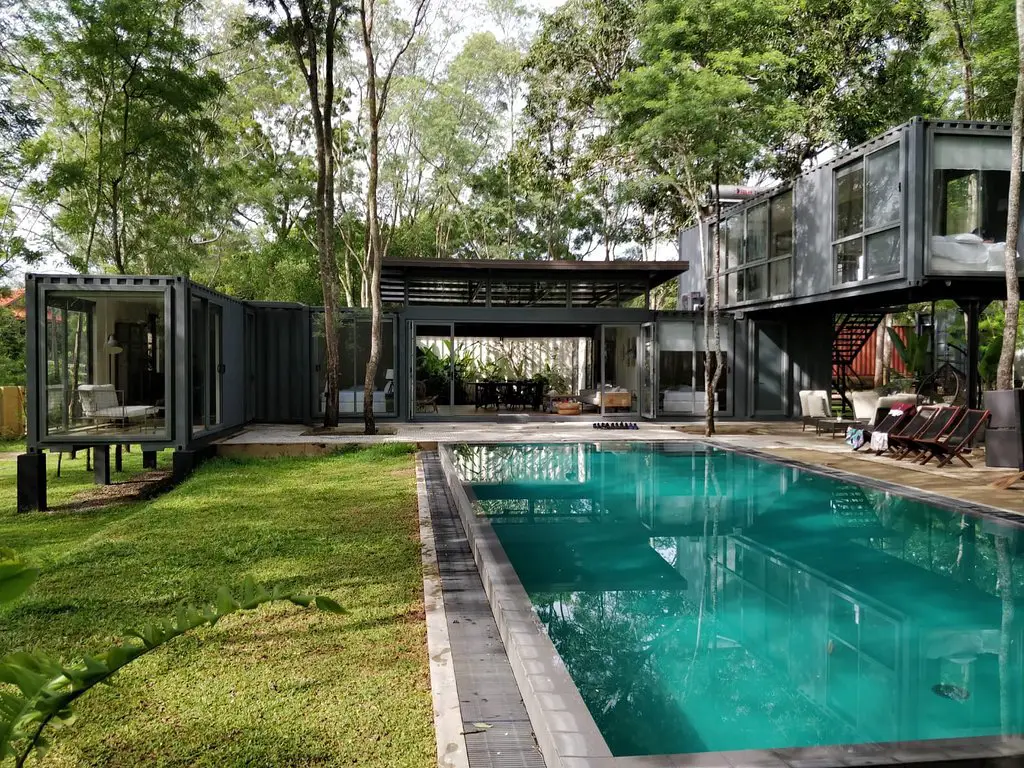
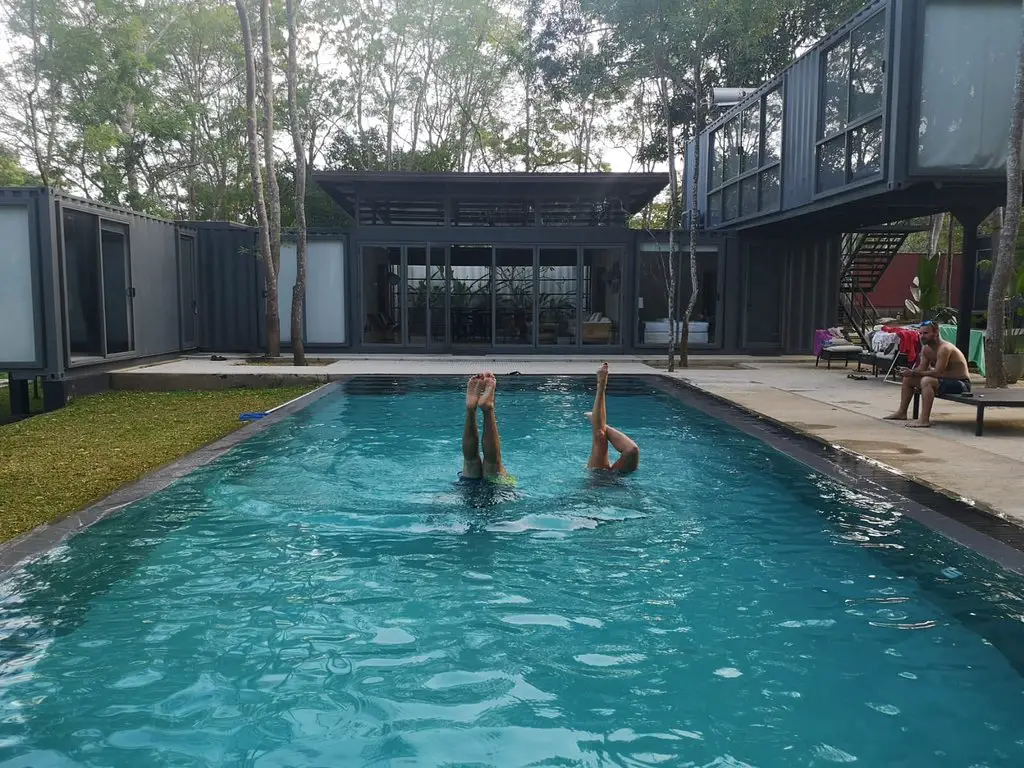
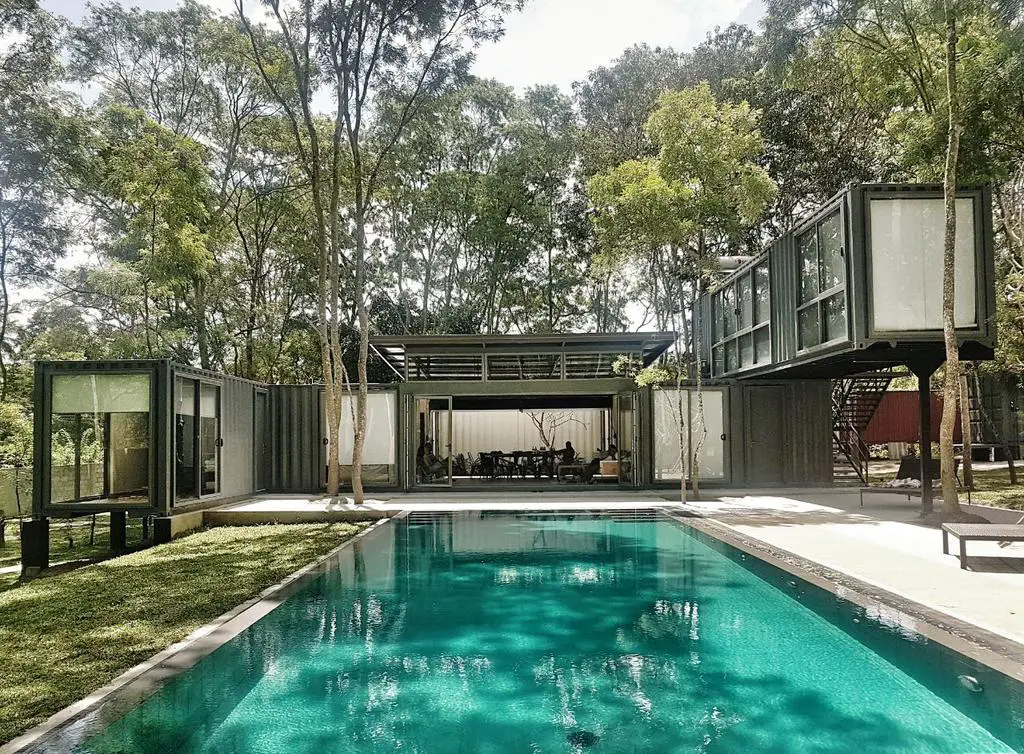
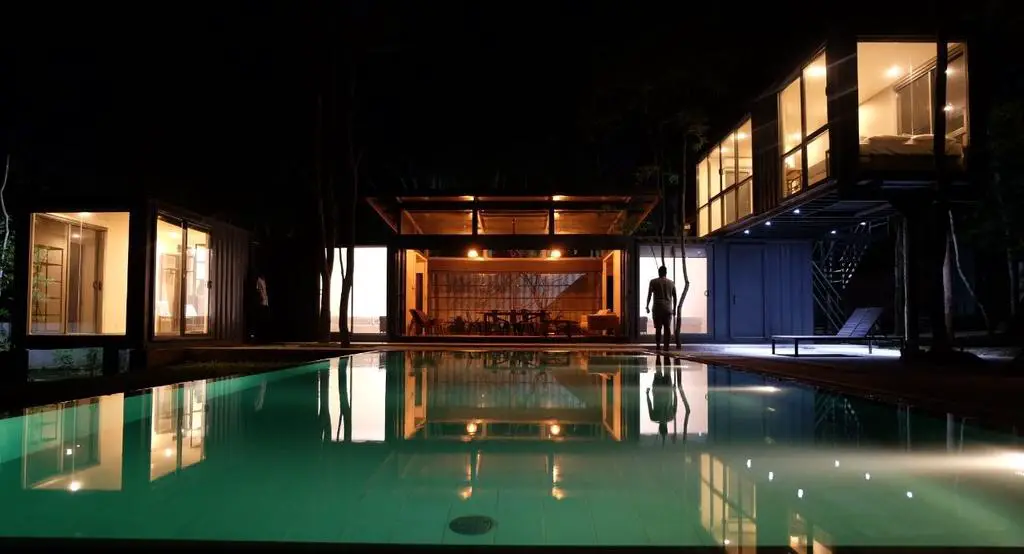
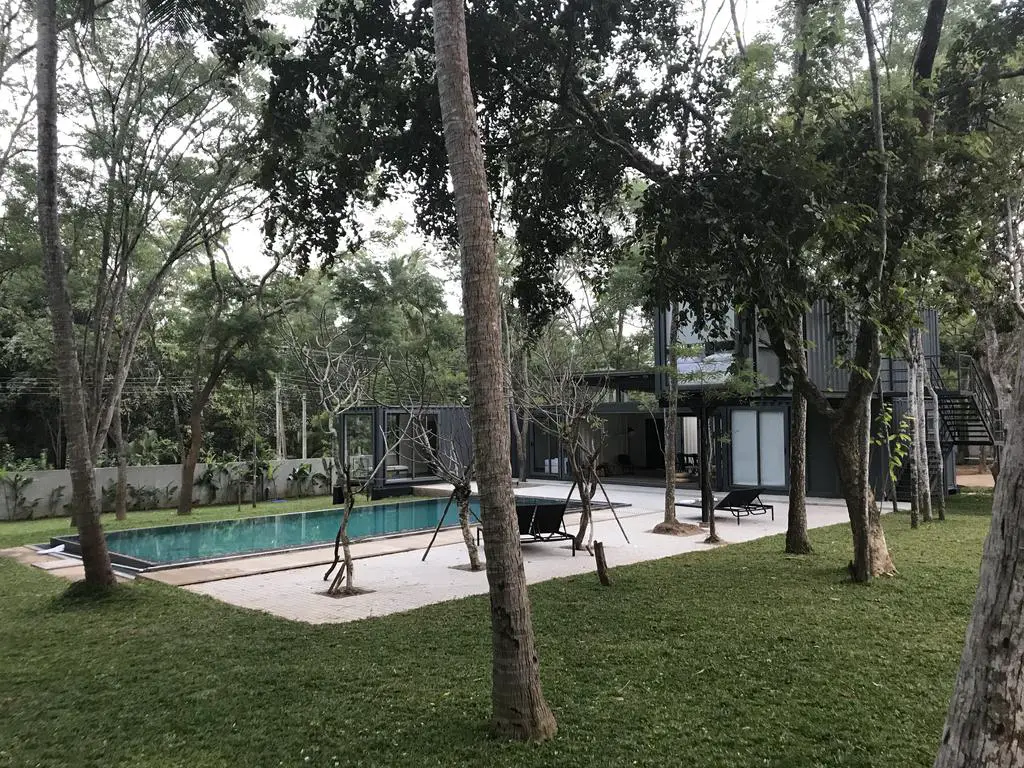
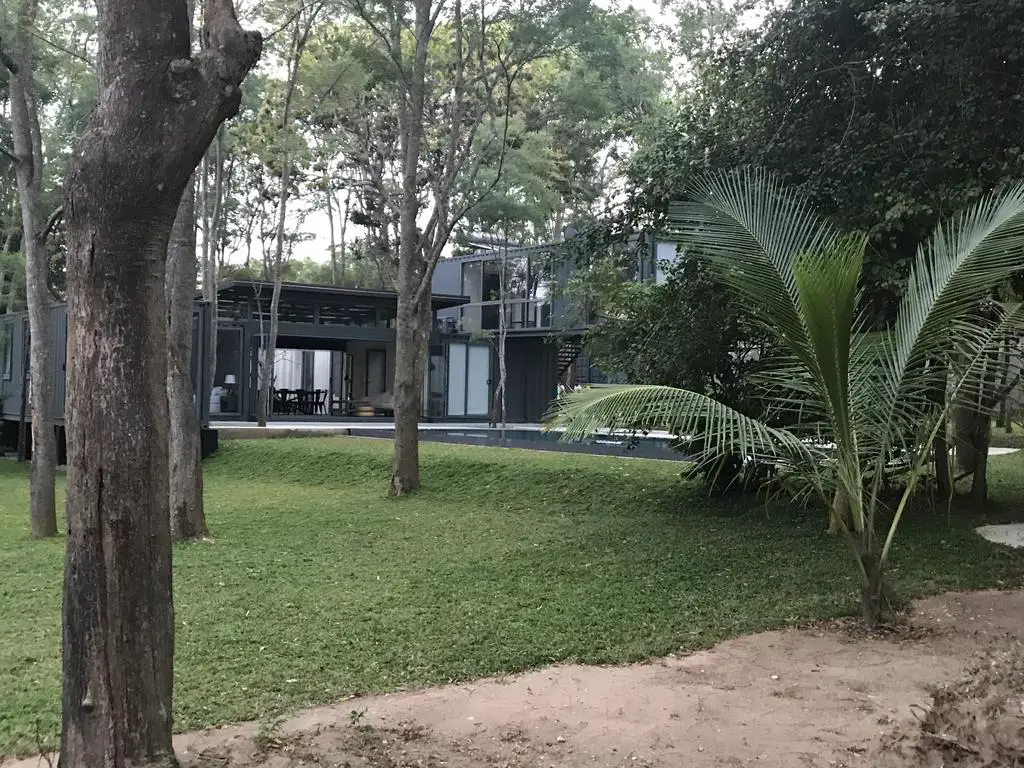

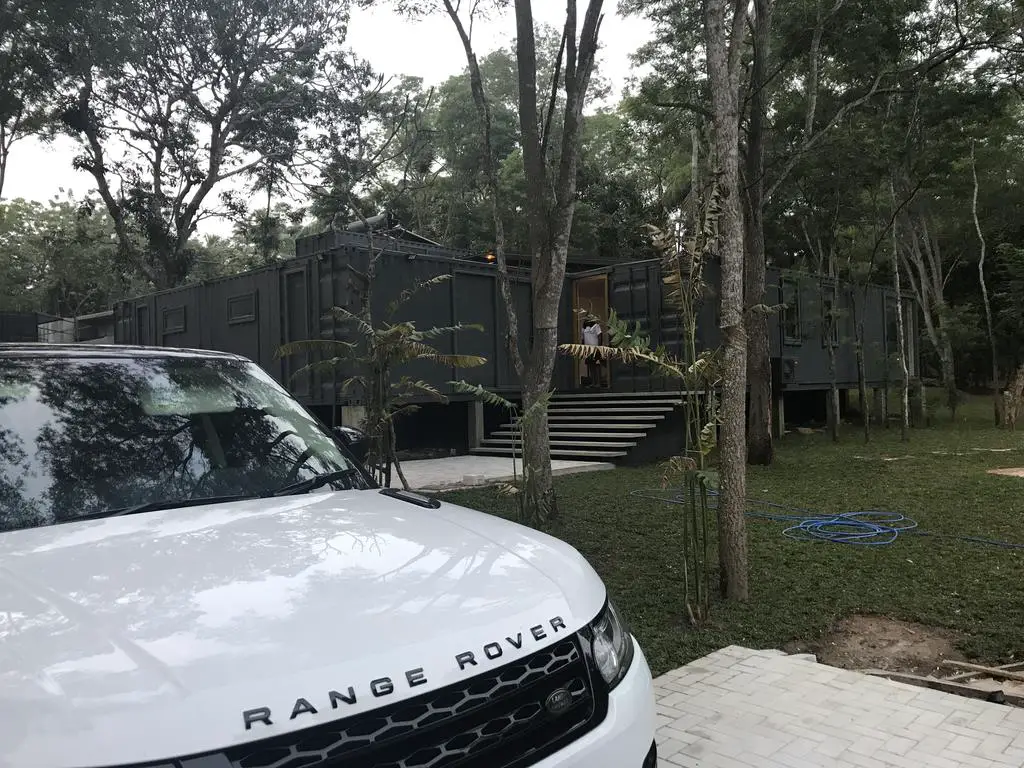

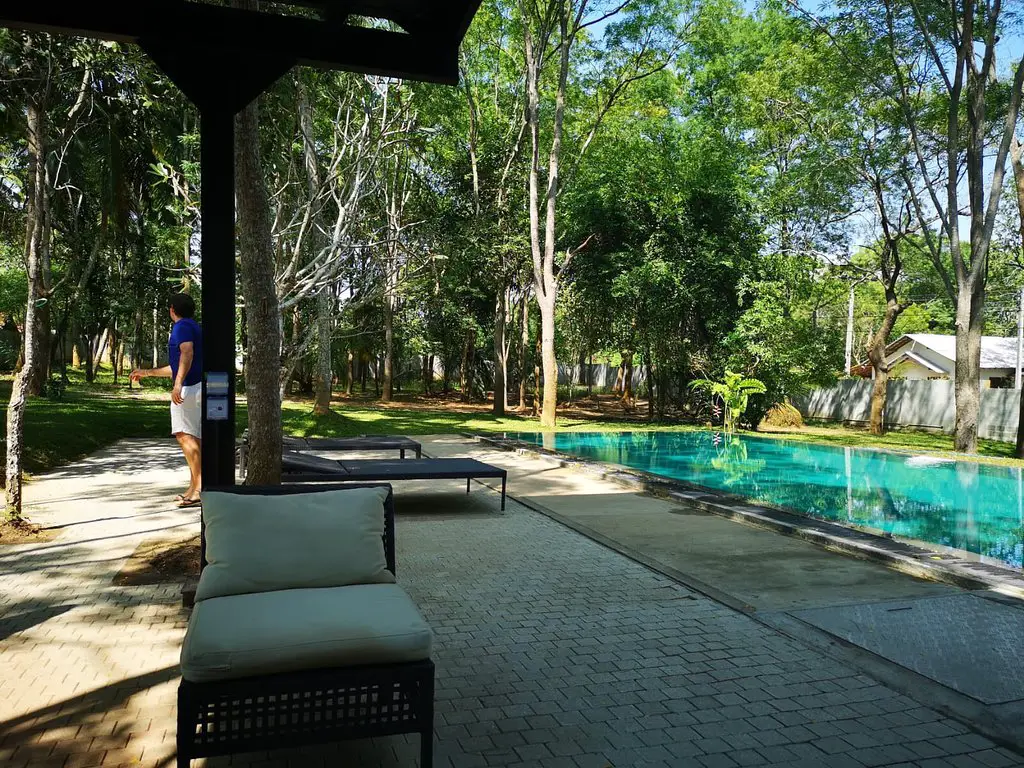
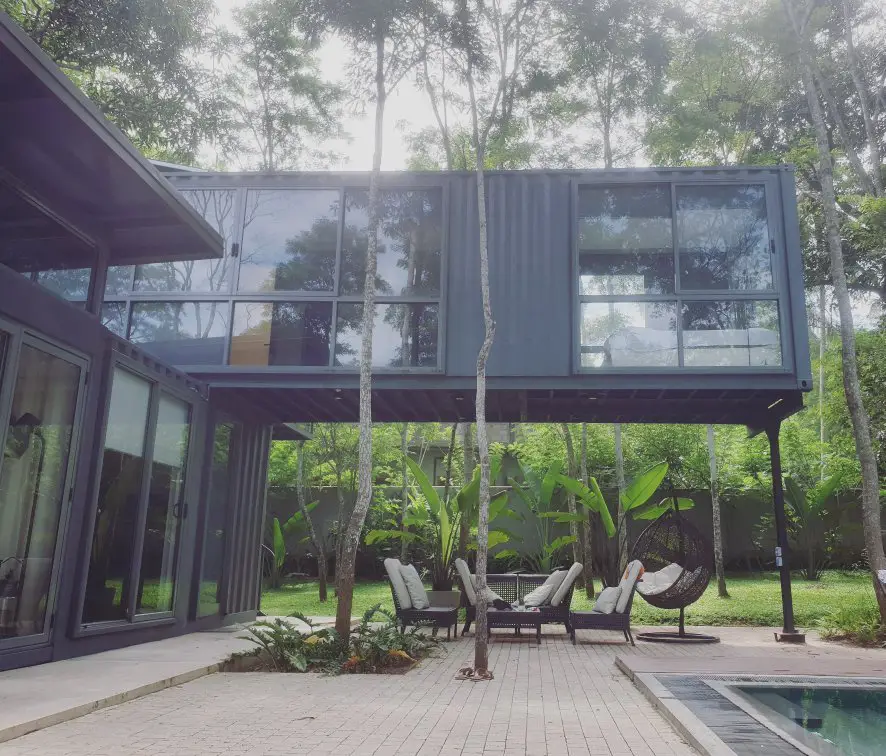
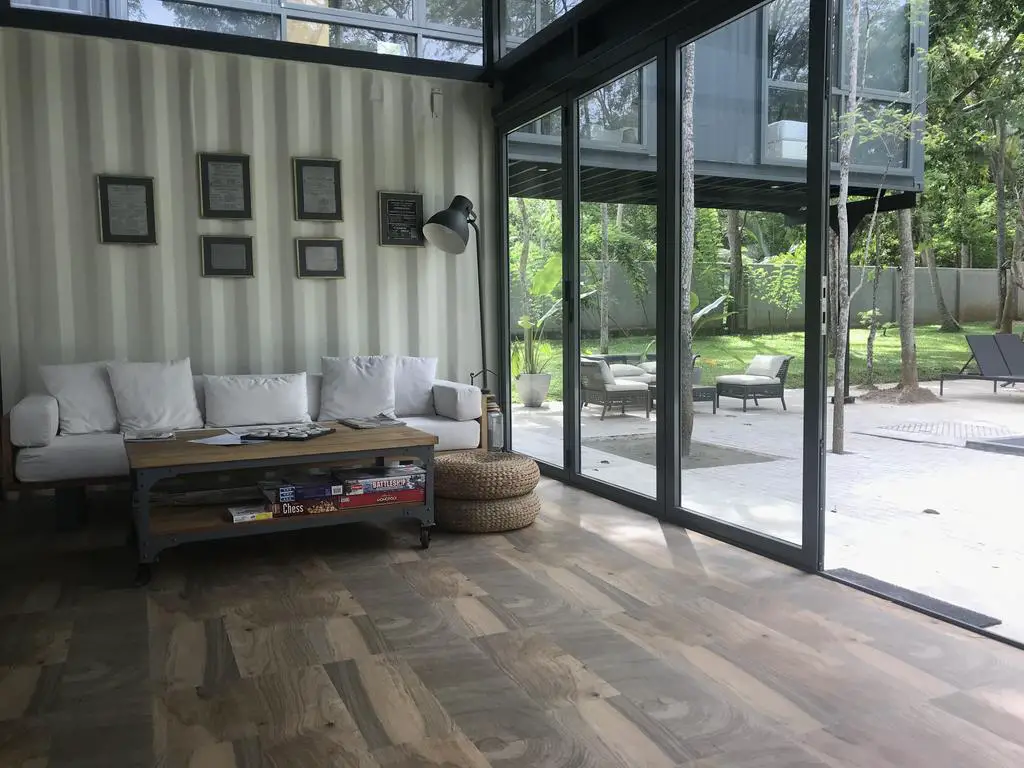
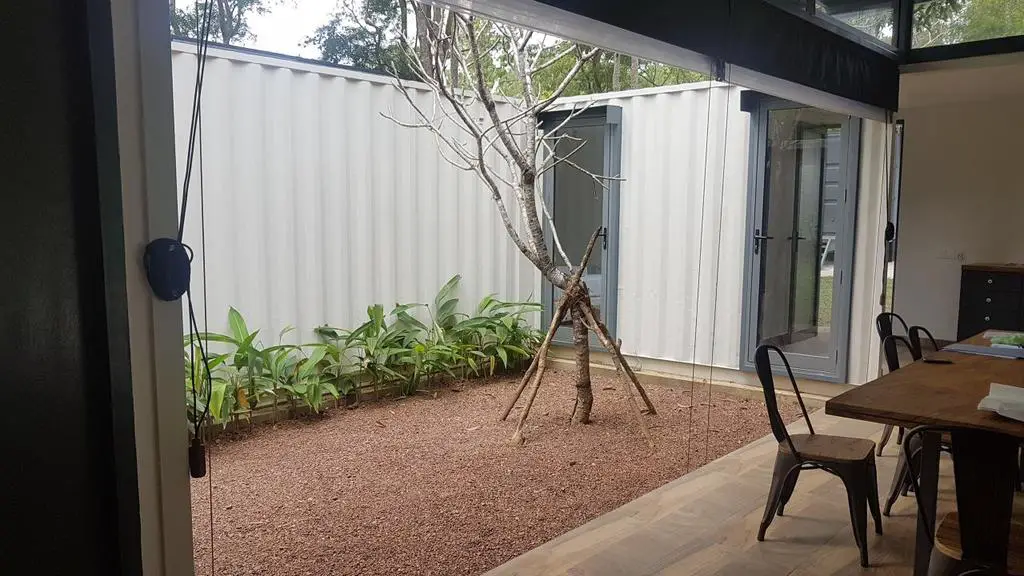
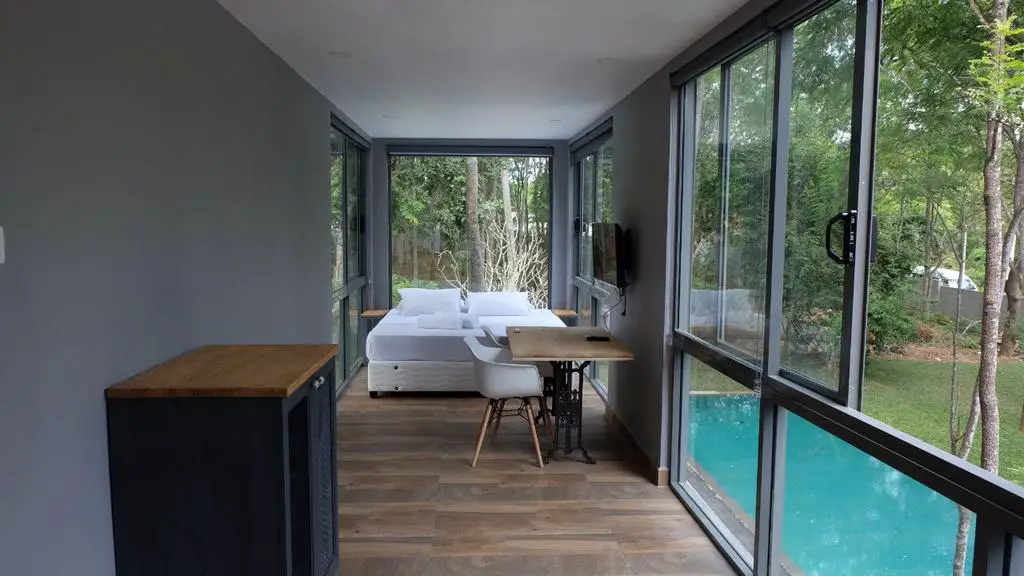
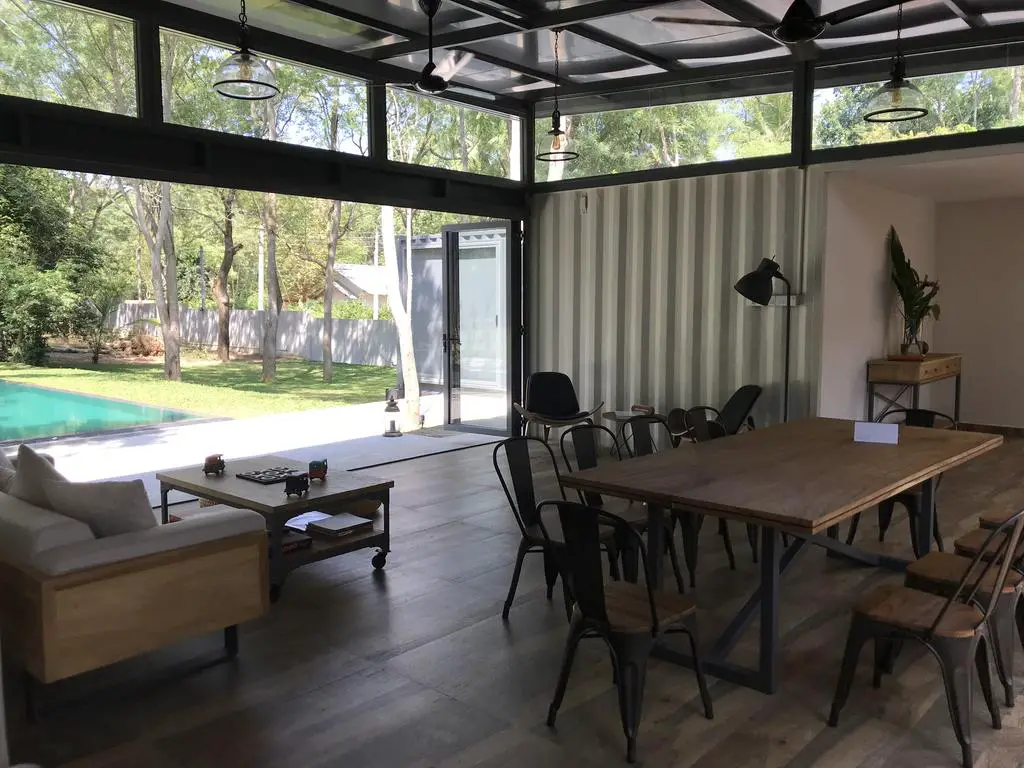

One day I’ll own a villa like thia